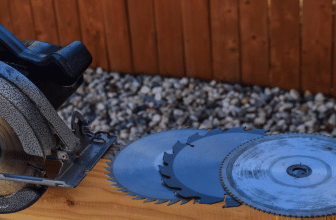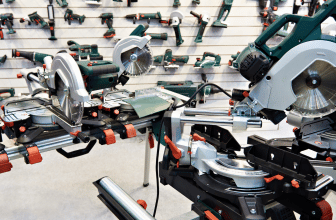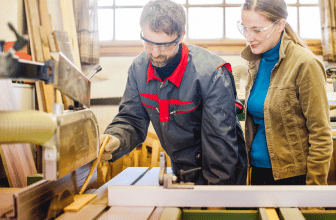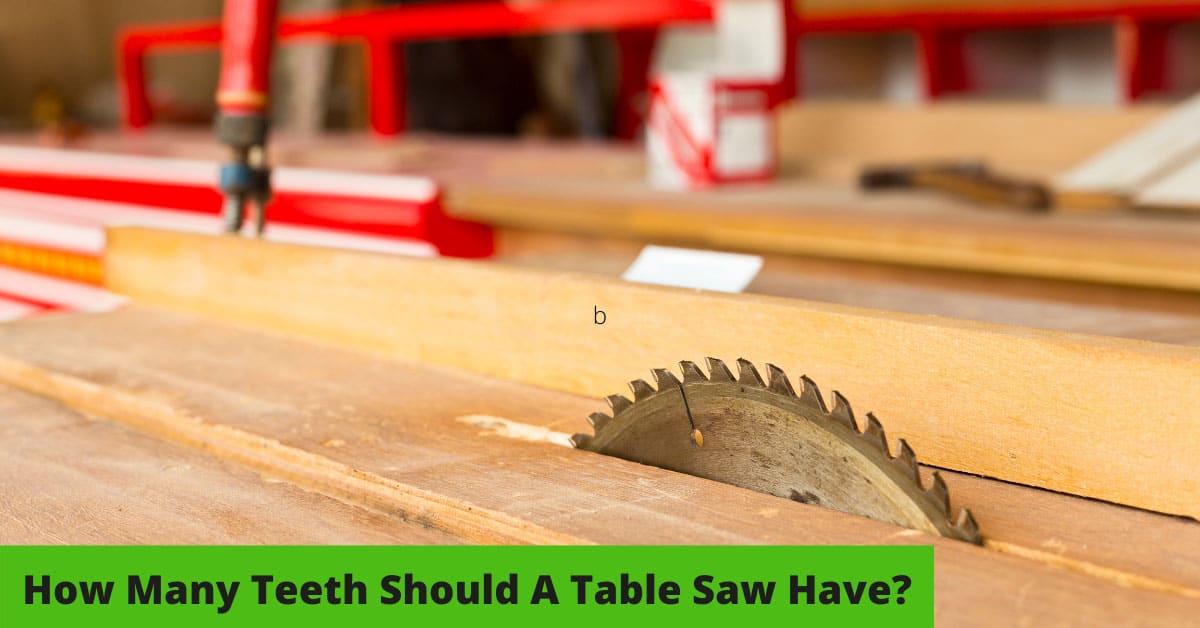
One of the basic ways to identify a good cutting blade is its capacity to cut across materials smoothly, without splintering or burning, thus automatically providing better precision. This should be a standard indicator for the best table saw for woodworking, if you’re still looking for one.
I once had the most unfortunate experience when I was just starting out. I didn’t have much information when it came to looking for the best table saw for beginners, so I just relied on recommendations.
The recommendations I got were not as reliable or extensive as they are now because the models then were quite limited. There wasn’t much to select either, as models came in with specific uses, unlike these days, when some of the best table saw for home can be used in shops, too.
A table saw blade is one of the go-to tools for most woodcutters because it helps them make more precise cuts while also enjoying a better woodcutting experience.
Nevertheless, trying to purchase a tool as a newbie may be confusing if you have no idea about what is supposedly the best type. This is the same case when you have to buy a table saw blade as there are different types available in the marketplace today.
Factors To Consider When Choosing a Table Saw Blade
● The average thickness of materials that need to be cut
● Safety features, such as anti-kickback pawls and blade brakes
● The number of teeth on the blade because, for example, thin materials like plywood can only be cut with saw blades having more teeth.
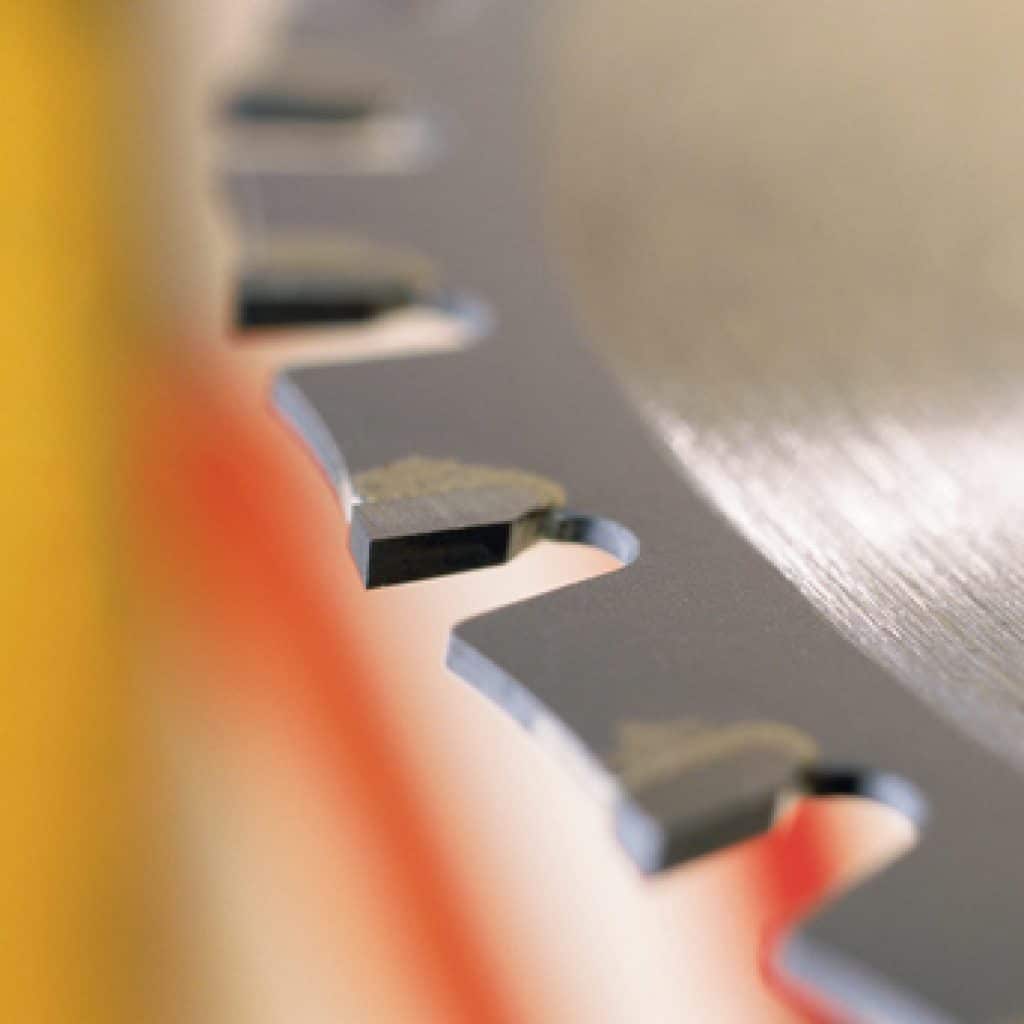
Saw blade teeth are designed for crosscutting and ripping through materials ranging from medium-density fiberboard (MDF) to laminates. Table saw blades usually have a lot of teeth, so the size of the cut you make depends on the number of teeth on the blade.
Selecting the blade with the right number of teeth to deliver the right job has to be determined based on the task at hand. When my choices were limited back then, I just used whatever saw blade I had, even if the number of teeth was not suitable for the work. I simply did not know better then.
Most folks believe that the fewer the teeth on a table saw blade, the quicker the job. I used to believe this as well, and I unwittingly passed it on to my friends and co-workers. However, you must know that this does not apply to every case, especially when you need a smoother finish.
I learned this the hard way when I thought I could save up on my blades by getting the blade with the least number of teeth. I thought that my work would end up faster. I did end up cutting the materials faster, but the finish was not very smooth. As a result, I had to spend extra time smoothing the edges out.
Cutting a hardwood board may require a table saw blade with fewer teeth to make the task easier and faster. However, the result will not necessarily be smooth because the gullet, which is how we call the space between each tooth on the blade, is too wide.
Additionally, you still have to decide on the type of cut you want to achieve. If you want a wide cut, you should get a table saw blade with fewer teeth. On the other hand, if you have always preferred a finer cut, then a blade with more teeth would be the best.
Understanding the Concept of Table Blade Teeth Count
To get the smoothest cuts possible, every woodcutter needs to have a basic knowledge of the impact that the number of teeth per inch (TPI) has on the quality of their cuts. TPI refers to the number of teeth a blade has per inch.
In woodwork, fine-toothed blades with a high TPI count are used more often because the smoothness of a cut is more critical in wood finishing. Rough-cut blades with low TPI count are reserved for cutting pieces of wood that won’t be visible.
It is generally agreed that the higher the number of blade teeth, the better the cut and the finer the finishing. I found this to be correct when I worked on my third kitchen cabinet remodel. The design had intricate details that needed fine detailing, so I didn’t want to waste too much time.
The end result was smoother when I used a 60-tooth saw blade compared to my previous jobs for which I used 40-tooth blades. The difference was quite noticeable in terms of quality and time. Right then and there, I understood how important it was to invest in the right tools for the right tasks.
There are specific numbers of TPI that are suitable for almost every task. For example, to get joinery work done, make use of a 40-tooth into a 50-tooth blade. It is an all-purpose combination blade and would do a good job on a wide range of tasks.
The 40-tooth general-purpose blades and the 50-tooth combination blades look quite different from each other but can be used interchangeably. Even more so, they can be found in every workshop as they can make almost any cut in every material.
The 50-tooth combination blade is less expensive and does a better job at cutting dadoes and grooves. I wish I had this information earlier in my career. This knowledge alone would have saved me a lot of time and effort in working on my projects.
Here are some reminders you can take with you:
● For ripping wood, a 24 into 30-tooth blade would be perfect.
● The 40-tooth into 50-tooth combination blade can also be used, although it will take a longer time.
● A 40-tooth into 80- tooth saw blade or the general-purpose 40-tooth into 50-tooth blade would be a good pick for sawing plywood or cross-cutting wood.
● Cutting plywood and other sheet goods will require a blade with 100–120 TPI.
● To cut a vinyl laminate, you can utilize an 80-tooth cross blade. You should also consider using a 60-tooth mix blade for thinner materials.
● For cutting MDF and artificial materials, you should work with 60-tooth and upward blade tooth count to give you a better count when cutting dense materials. Hence, any saw blade between the 50-tooth and 80-tooth range can be used.
● A 60-TPI saw blade can be utilized to cut precious metals.
Conclusion
Now that you know how many teeth your table saw should have, you are more than ready to make better informed decisions. This will help you make the right choice for improved productivity and an enjoyable experience in woodwork, especially when changing blades.
If you’re still looking for the best table saws for the money that are suitable for any budget, then you might want to check our list of this year’s top choices. With our resources right in your hands, your woodworking projects are going to be easier than you ever thought!

